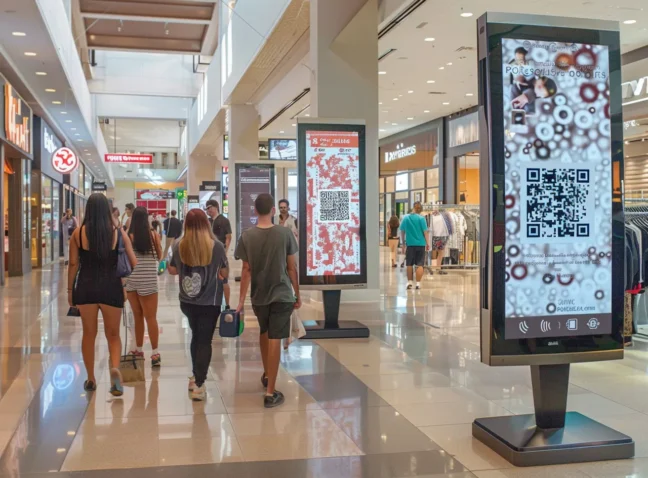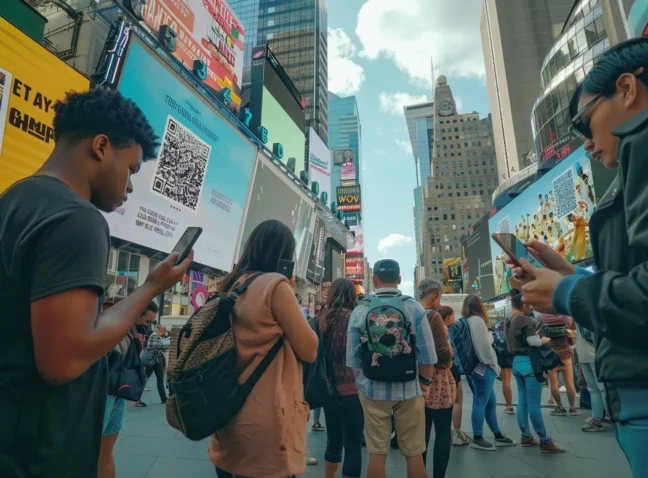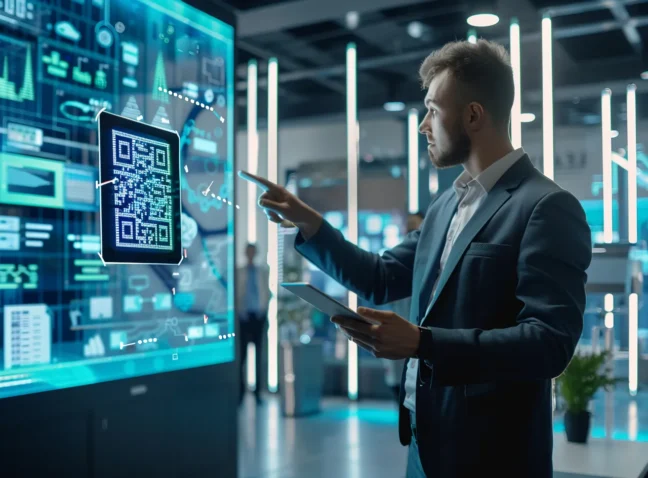QR Codes: Transforming Asset Tracking
QR codes have become an essential tool for asset tracking, providing a robust solution for monitoring and managing resources with precision. From small businesses to large enterprises, the adaptability of QR codes in tracking systems has notably changed the way assets are overseen, offering real-time data access and seamless integration into existing workflows. Their simplicity in design belies the depth of their functionality, making them an ideal choice for a diverse range of applications.Why Choose QR Codes for Efficient Tracking?
[post_image]
QR codes seamlessly merge physical and digital worlds, becoming indispensable for modern businesses. They store diverse information, from URLs to multimedia, creating immersive user experiences. For instance, the retail sector saw a 92% increase in QR code usage for tracking consumer behavior (CNBC, 2023). Their flexibility and ease of use have made QR codes a popular choice for tracking assets, inventory, and customer interactions.
The Benefits of QR Codes for Tracking
Utilizing QR codes for tracking offers a practical and efficient solution for monitoring various operations:
– 9 out of 10 smartphone users recognize and understand QR codes for tracking, ensuring widespread consumer engagement (Forbes, 2023).
– Business adoption of QR codes for tracking purposes has increased by 30%, enhancing inventory and supply chain management (Business Insider, 2024).
– QR code-driven tracking methods have improved customer interaction by 20%, boosting brand loyalty and retention (Harvard Business Review, 2023).
[post_image]
By embedding crucial data within a simple scan, businesses can better manage their assets and provide a more interactive experience for their customers, making operations more efficient and effective.





